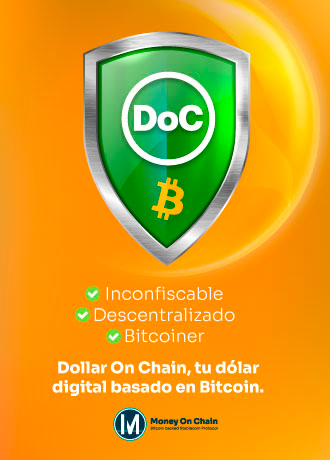Los ETFs de Ethereum captaron $443,9 millones en un solo día, duplicando la entrada de capital en los productos de Bitcoin.
A pesar de la volatilidad, las instituciones aprovechan las caídas para acumular, mientras analistas proyectan un repunte hacia los $5.100–$5.450.
Un giro inesperado en el mercado institucional
En plena corrección del mercado cripto, Ethereum (ETH) se colocó en el centro de la escena con un desempeño sorprendente en los mercados de inversión regulada. Según datos de SoSoValue, los ETFs al contado de ETH en Estados Unidos registraron entradas netas por $443,9 millones el 25 de agosto, cifra que duplicó los $219 millones captados por los ETFs de Bitcoin en la misma jornada.
El dato es aún más llamativo si se toma en cuenta que apenas cinco días antes, los productos de Ethereum habían sufrido salidas por más de $240 millones, lideradas por BlackRock y Grayscale.
BlackRock y Fidelity lideran el impulso
La reversión se produjo con fuerza:
BlackRock ETHA absorbió $314,9 millones, más del 70% del flujo total del día.
Fidelity FETH atrajo $87,4 millones adicionales.
Incluso Grayscale, que arrastraba meses de reembolsos en su fideicomiso ETHE, mostró recuperación con $53,3 millones de entradas.
Con este rebote, los ETFs de Ethereum alcanzaron $28,8 mil millones en activos bajo gestión, con flujos acumulados cercanos a $13 mil millones desde su lanzamiento en 2025.
Un contraste con Bitcoin
En paralelo, los ETFs de Bitcoin también captaron capital, pero en menor magnitud. Fidelity, BlackRock y ARK lideraron las entradas con montos cercanos a los $60 millones cada uno, totalizando $219 millones en un solo día.
Aunque los ETFs de BTC siguen dominando en escala con $143,6 mil millones en activos y más de $54 mil millones en flujos netos, la diferencia en el ritmo de inversión sugiere que el apetito institucional se está inclinando hacia Ethereum en el corto plazo.
Señales técnicas y acumulación corporativa
El repunte de los flujos se produjo en medio de una caída del precio de Ethereum, que llegó a tocar los $4.313 antes de rebotar. Analistas de Fundstrat Global Advisors consideran que ETH podría haber encontrado un suelo temporal, con proyecciones de recuperación hacia el rango de $5.100–$5.450, siempre que se mantenga el soporte en $4.300.
El gráfico técnico confirma esta visión:
ETH defendió su línea de tendencia ascendente.
Se mantiene sobre la nube alcista de Ichimoku.
RSI en niveles neutros (54 puntos), lo que abre espacio para un impulso adicional.
Además, datos de SER muestran que 70 corporaciones poseen en conjunto 4,3 millones de ETH, mientras que los ETFs concentran otros 6,5 millones, lo que significa que casi 9% del suministro circulante de Ether está en manos institucionales.
¿Camino hacia un nuevo liderazgo?
El flujo hacia productos regulados de Ethereum, junto con la acumulación de tesorerías corporativas y la compra sostenida de ballenas, refleja una creciente confianza institucional en el activo. Aunque el mercado cripto aún enfrenta riesgos macro y regulatorios, la narrativa de que Ethereum podría desafiar el dominio de Bitcoin en el terreno institucional gana cada vez más fuerza.






